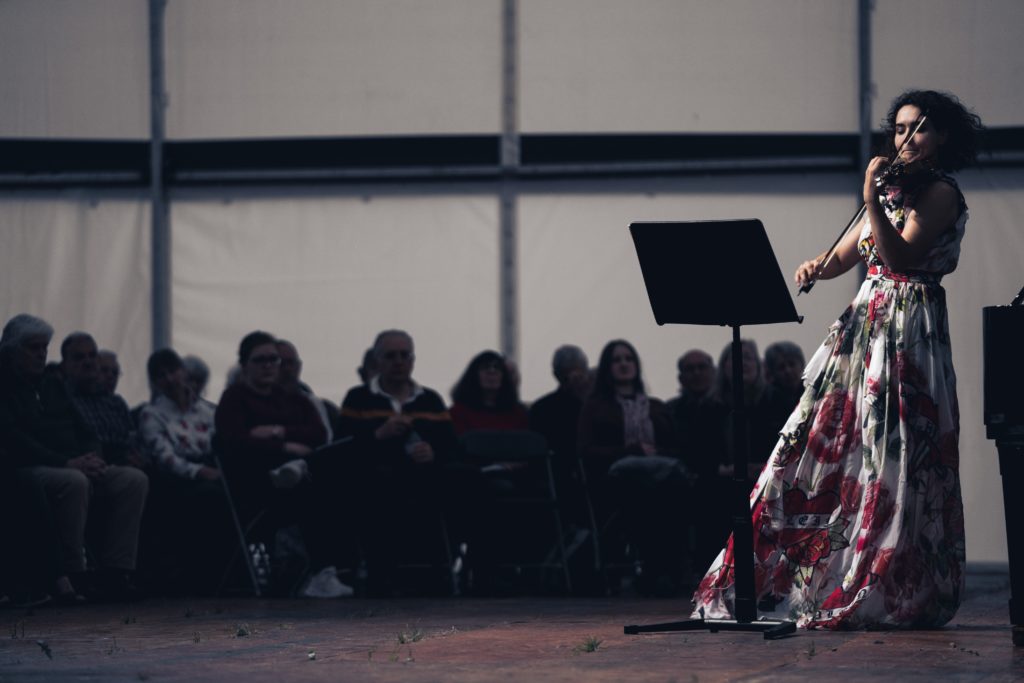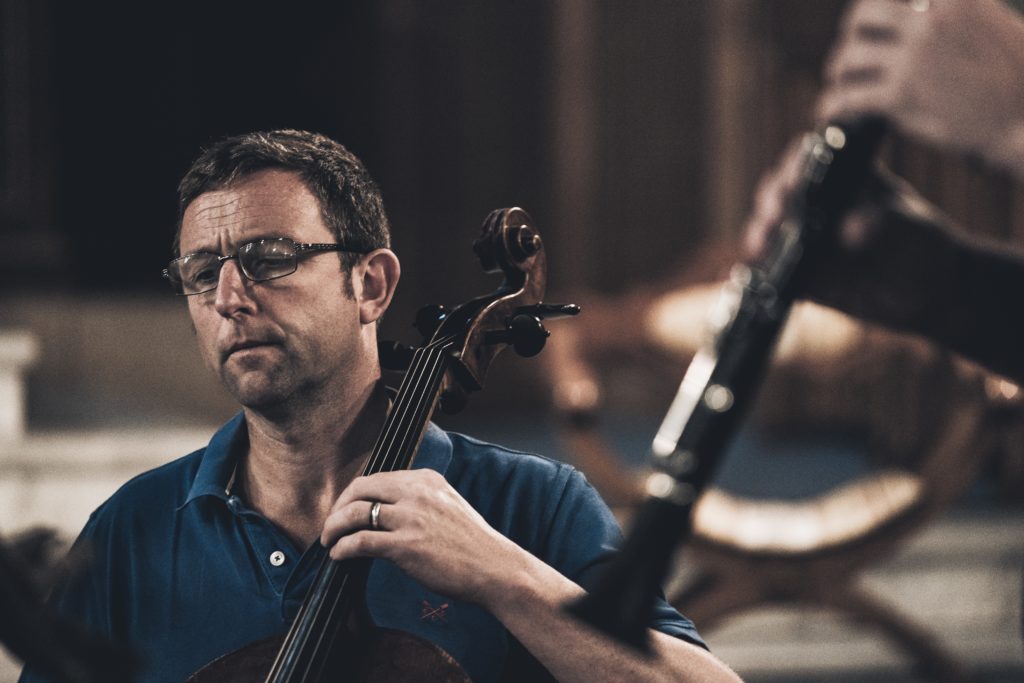
THE 2024 North York Moors Chamber Music Festival began unusually with the Baroque before moving into more familiar Romantic territory.
These days you do not expect to hear a Corelli sonata played on a modern violin and partnered by a grand piano. But we have learnt to expect the unexpected in this festival. In any case, you should never write off the supposedly inauthentic.
Alena Baeva and her regular keyboard partner Vadym Kholodenko did their utmost to bring us ‘Baroque’ atmosphere; she used very little vibrato, he much preferred the soft (left-foot) to the sustaining (right-foot) pedal. We were never going to mistake the piano for a harpsichord, but the result was satisfying anyway.
In any case, Kholodenko’s taut ornamentation highlighted the importance of his role beyond merely filling in harmony; it provided just the right underlay for Baeva’s period-style phrasing. Rhythms were always lively, and contrasts between the 11 variations on ‘La Folia’ of Corelli’s single-movement Op 5 No 12 were superbly drawn.
Rachmaninov’s last piano work, Variations on a theme of Corelli, written in 1931, is misnamed. It is also based on ‘La Folia’, an Iberian tune that first emerged in the Renaissance – and is not by Corelli at all. Dozens of composers used it as a basis for variations.
Stephanie Tang was the determined soloist here, reflecting the overriding anger in Rachmaninov’s approach. Her accents were strong and her use of staccato particularly deft. She clearly enjoyed the composer’s jack-in-the-box tendencies but was alive to his attempts to evoke the Iberian origins of the tune. I would not vouch for her total accuracy but the tension in her technique certainly made the most of the work’s tangy harmonies.
Dvořák’s Dumky Op 90 – never named a piano trio but actually his fourth – delves as deeply as he ever did into his Bohemian roots. The title is the plural of dumka, a primarily reflective song that tends to alternate slow melancholy with rapid dance-like sections, in keeping with its folk origins. Its six movements can be treated as two groups of three apiece, but beyond that there is no deliberate formal shape.
Benjamin Baker was the violinist, Rebecca Gilliver the cellist and Daniel Lebhardt the pianist in what was an absolutely delightful penetration of the composer’s nationalistic emotions. They constantly held back the end of a slow section so that we were kept in suspense waiting for its rapid counterpart.
Indeed, their use of rubato, so keenly felt by all three players, was superbly stylish. Dvorak makes especially strong use of the cello, and Gilliver’s warm, expansive sound matched the composer’s intentions. Not that Baker was overshadowed; both revelled in their little cadenzas in the fifth movement. We had come closest to the heart of Bohemia in the leisurely cantabile of the third movement.
The work also encompasses the most taxing piano music Dvorak ever wrote. Lebhardt was alive to all its nuances even when stretched and was a major factor in what made this such an exciting performance.
Since the word ‘dumka’ is believed to originate in Ukraine, it was impossible to ignore thoughts of that benighted country when the music turned melancholic. A marvellous curtain-raiser for the festival, which continues daily until August 24.
REVIEW: Martin Dreyer’s verdict on North York Moors Chamber Music Festival, Enlightenment, St Michael’s Church, Coxwold, August 13

THE special magic of this festival was neatly crystallised in this afternoon recital, which featured a Beethoven string trio and Weber’s Clarinet Quintet.
A packed, rapt audience erupted joyously at the end of each, the first a rare visitor to our concert platforms, the second a much-loved repertoire piece.
You will see it claimed that Beethoven wrote his ‘early’ string trios (he was still in his twenties) as preparation for a full-scale incursion into the world of the string quartet, as if they were but student pieces.
Not a bit of it. With only three voices – violin, viola and cello – a composer has a restricted choice of harmony. In particular, all three parts need to be fully independent, the viola in particular.
In Beethoven’s String Trio Op 9 No 1 on G, we found Meghan Cassidy’s versatile viola paired with Benjamin Baker’s violin, almost as second violin, or with Jamie Walton’s cello, as the composer played off the two duos against one another. In other words, the viola role was vital and emerged here with great clarity.
All three players attacked the bold, arpeggios of the opening allegro with relish, before a delicately song-like slow movement in which the rests were delightfully prolonged. The brisk scherzo had a ruminative trio, a nice contrast.
In the finale, the moto perpetuo tailed off mid-stream into an apparent cul-de-sac. But the joke was on us and the rapid syncopation resumed, right into an accelerated coda. This was Beethoven the adventurer, while still learning from Haydn.
Weber’s Clarinet Quintet is a work of almost relentless jollity – and thoroughly good fun. Matthew Hunt is a clarinettist known for his sense of humour, so the score is tailor-made for him. With Charlotte Scott leading the string quartet, there was lively support for his sprightly cavorting. But the heart of the work lay elsewhere, in the deeply melancholic Adagio.
Here, Hunt’s quiet, superbly sustained legato brought tears to the eyes, these eyes anyway. Towards the end he produced two echo-scales so pianissimo that they were virtually a whisper, a prodigious feat of breath control – and very moving.
The succeeding Scherzo brimmed over with wit and good humour, a total contrast and genuinely funny. The finale was never going to reach these heights, but we could only marvel as Hunt’s unashamed virtuosity carried the day through Weber’s flirtations with vapidity.
